- Shop
New to UCAN?
- About
- How to use ?
- Learn
- Contact us
Healthiest Oil for Cooking: An Athlete’s Guide
By Generation UCAN. Last updated: 9 October 2025.
Contents
- 1 Healthy Oil for Athletes — The Practical Guide to Cooking Oils That Help You Recover
- 1.1 Your Athlete’s Guide to Cooking Oils
- 1.2 Why Smoke Point Is Only Half the Story
- 1.3 Breaking Down Fats Without a Science Degree
- 1.4 Comparing the Most Popular Cooking Oils — Coach’s Table
- 1.5 How to Store Your Oils to Protect Their Power
- 1.6 Your Weekly Game Plan for Cooking with Oils — Practical Schedule
- 1.7 Cooking Oil Questions I Hear All the Time — FAQ
- 1.8 Practical Race-Week Uses & UCAN Integration
- 1.9 How To Choose Quality EVOO — Buyer’s Checklist
- 1.10 References
Healthy Oil for Athletes — The Practical Guide to Cooking Oils That Help You Recover
Healthy oil for athletes isn’t a marketing tagline — it’s a practical choice you make every time you turn on the stove. In the first 100 words: if you’re training for a marathon, Ironman Cairns or a 200 km weekend ride, the oils you choose will affect inflammation, recovery and day-to-day performance. This guide gives exact, coach-level direction on which oils to use, when to use them, and how to store them so they actually benefit your training.
Let’s be blunt: there is no single magic bottle. But for everyday cooking and recovery, Extra Virgin Olive Oil (EVOO) is the most useful baseline for endurance athletes — paired with avocado oil for high heat and flaxseed or fish oils for targeted omega-3 support. Below you’ll find the full playbook: practical sessions, quick takeaways, storage rules, product integrations for race week, and credible references. No fluff — just stuff you can use this week before your next long run or race in Sydney, Melbourne or the Gold Coast.
Your Athlete’s Guide to Cooking Oils
Picture this: you’re 30 km into the Gold Coast Marathon and your legs are beginning to tighten. Months of cumulative training — inflammation, repeated microdamage, and nutrition choices — got you here. The difference between showing up fresh and showing up beat often starts in the kitchen. You don’t train less because you picked the wrong oil; you recover worse across weeks. This guide focuses on what changes matter.
- Smoke point vs oxidative stability: how to choose by cooking method and session intensity.
- Fat type and adaptation: what monounsaturated, polyunsaturated and saturated fats do for recovery and performance.
- Practical rotation: week-by-week oil use around intervals, long runs and race day.
Quick takeaway: Build your kitchen with two daily oils — EVOO and avocado oil — add flaxseed oil for raw omega-3s, and reserve coconut/ghee for flavour or specific high-heat needs. Use them deliberately around training sessions.
Quick Guide to Top Cooking Oils for Athletes
Here’s a concise table to help you choose fast in the supermarket or between sets in the kitchen. Each oil has a purpose — carry a couple into your regular rotation.
| Oil Type | Primary Fat Type | Smoke Point (Approx.) | Best Use for Athletes |
|---|---|---|---|
| Extra Virgin Olive Oil (EVOO) | Monounsaturated | 190–215°C | Dressings, drizzling, low–medium heat sautés. Anti-inflammatory support post long sessions. |
| Avocado Oil | Monounsaturated | 270°C | High-heat cooking: searing, stir-fry, oven roasting at high temperatures. |
| Coconut Oil (Virgin) | Saturated (MCTs) | 175°C | Medium heat, baking, specific tropical flavours. Use sparingly for daily cooking. |
| Flaxseed Oil | Polyunsaturated (Omega-3 ALA) | 107°C | Cold use only — smoothies, dressings. Never heat; omega-3s are fragile. |
| Ghee (Clarified Butter) | Saturated | 250°C | High-heat cooking and a good option for cast-iron seasoning and flavour where dairy is tolerated. |
Images:
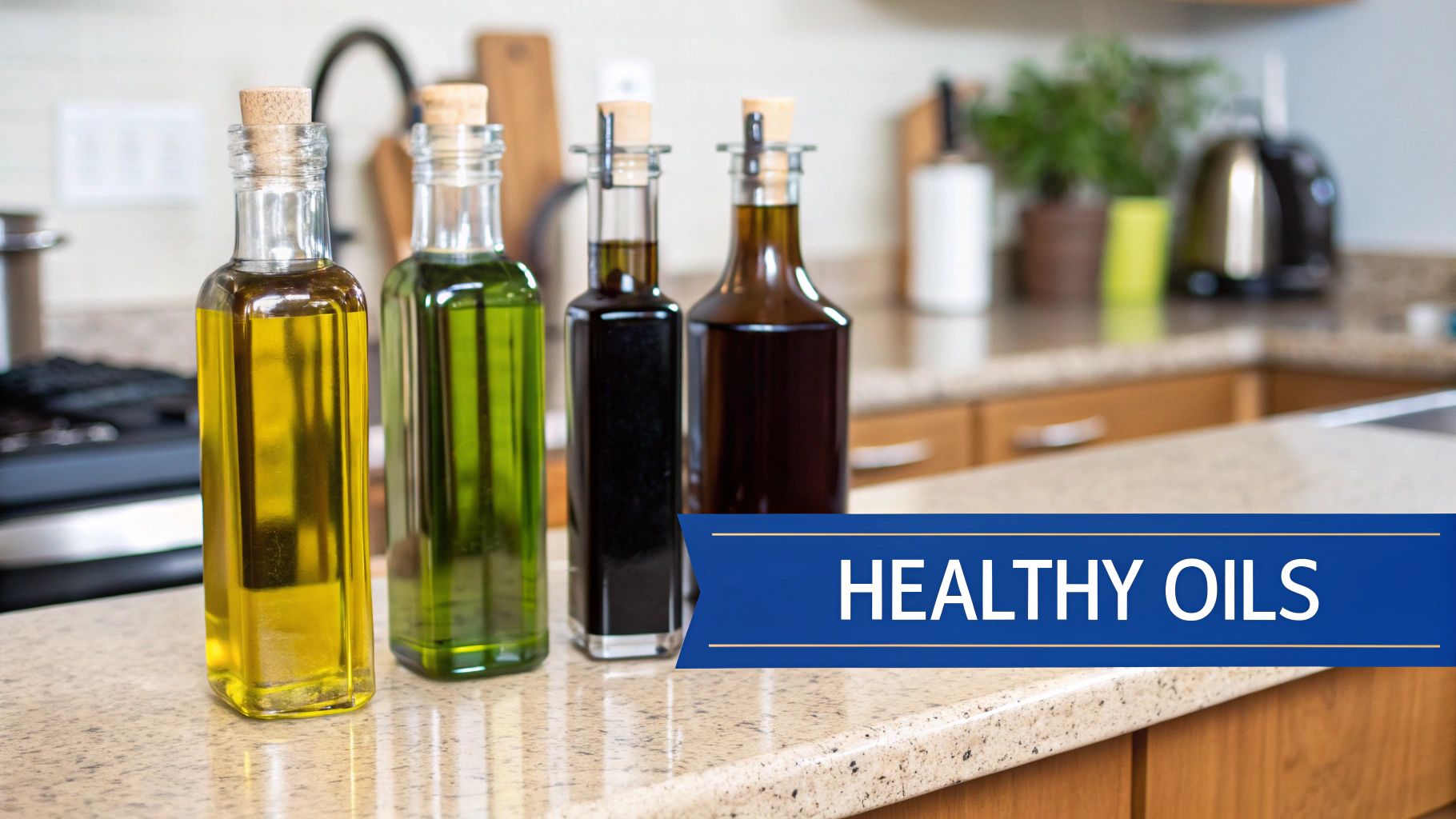
Why Smoke Point Is Only Half the Story
What to do: prioritise oxidative stability over smoke point for daily cooking. Use avocado oil for high-heat sessions and EVOO for most home cooking. For race week, favour EVOO-based dressings and light avocado oil sears.
Why it works: smoke point is where an oil visibly smokes, but oxidative stability measures how quickly fats break down into harmful compounds under heat. Oils high in monounsaturated fats and natural antioxidants (EVOO) resist oxidation better than some refined seed oils, even if the seed oil shows a higher smoke point.
How to apply: this week, replace refined vegetable oil in your weekday dinner stir-fries with avocado oil. For your post-long run meal, roast vegetables in EVOO and finish with a drizzle of raw EVOO and lemon — you’ll get antioxidants directly into the meal when your muscles need them most.
The EVOO Paradox — Practical Coach Notes
What to do: cook daily with a high-quality EVOO for sautéing at medium heat, occasional roasting, and finishing dishes raw. Keep an avocado oil bottle for searing protein or high heat roasts.
Why it works: EVOO combines stable monounsaturated fats with polyphenols — antioxidants that protect both the oil and your cells from oxidation. In practice, this reduces the inflammatory signal your body deals with after long, hard sessions, improving recovery between workouts.
How to apply: in the 48 hours after a hard interval day (e.g., 6×1 km @ 10K pace with 2:00 rest), use EVOO liberally in salads and on roasted veg to support inflammation control. On seeding/tempo days where you need dense calories at higher heat, use avocado oil to avoid breakdown products.
Breaking Down Fats Without a Science Degree
Practical breakdown so you can apply it immediately in your weekly plan.
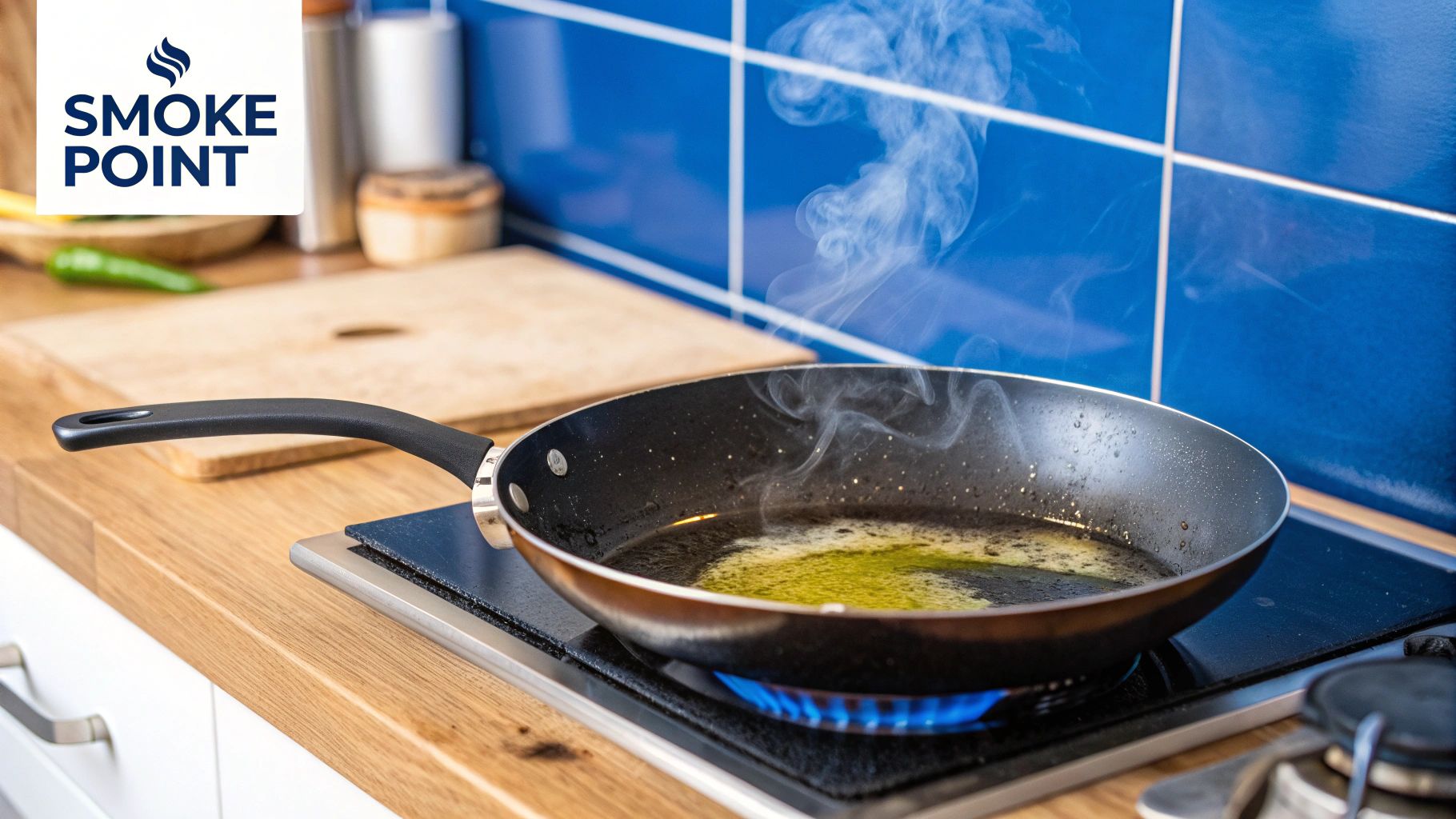
Your Best Mates: Monounsaturated Fats
What to do: make monounsaturated fats (EVOO, avocado oil, nuts) the base of daily meals. Use EVOO for salads and low-to-medium heat cooking; avocado oil for high heat.
Why it works: monounsaturated fats are structurally more resistant to oxidation than polyunsaturated fats and support cardiovascular health and inflammation control — critical for athletes doing repeated hard sessions that create oxidative stress.
How to apply: example practical session — after a 3-hour weekend ride, make a recovery bowl: roasted sweet potato (roasted in avocado oil), leafy salad dressed in EVOO + lemon, and a seared piece of salmon. The combination provides anti-inflammatory monounsaturated fats and omega-3s to support repair.
Polyunsaturated Fats: The Omega Balance Beam
What to do: keep omega-3s high (fish, flaxseed oil raw, chia) while reducing reliance on cheap seed oils high in omega-6. Use flaxseed oil in cold dishes only.
Why it works: omega-3 (EPA/DHA/ALA) are anti-inflammatory and help shift the omega-6:omega-3 ratio to a state that supports recovery and prevents chronic low-grade inflammation. Too much omega-6 (from refined seed oils) pushes inflammation higher.
How to apply: add 1 tbsp of flaxseed oil into your post-ride smoothie (cold) or include oily fish twice per week. For race prep (two-week taper), ensure daily omega-3 intake to blunt inflammatory responses after training sessions.
The Coconut Oil Debate (Short and Practical)
What to do: use coconut oil sparingly for flavour and specific recipes. Don’t make it your daily cooking oil.
Why it works: coconut oil supplies MCTs that can be used quickly for energy, but it’s about 82% saturated fat — not ideal as your main daily oil when the goal is inflammation control.
How to apply: use 1–2 tsp in a tropical curry or baking recipe where the flavour benefits outweigh the downsides. For everyday recovery cooking, prioritise EVOO or avocado oil instead.
Comparing the Most Popular Cooking Oils — Coach’s Table
We keep this table as a practical cheat sheet for quick decisions in the kitchen.
| Feature | Extra Virgin Olive Oil | Avocado Oil | Canola Oil | Coconut Oil |
|---|---|---|---|---|
| Primary Fat Type | Monounsaturated | Monounsaturated | Poly & Mono | Saturated |
| Smoke Point | 190–215°C | 270°C | 204°C | 177°C |
| Key Benefit | Polyphenols & anti-inflammatory support | High-heat stability | Neutral flavour, inexpensive | MCTs — quick energy |
| When to Use | Daily cooking, dressings, post-workout meals | Searing, high-heat roasting, stir-fry | Occasional general use if cold-pressed/unrefined | Flavourful dishes, occasional energy boost |
| Considerations | Quality varies — choose certified EVOO | Lower polyphenols than EVOO, usually pricier | Often refined — processing can be an issue | High saturated fat — limit daily use |
How to Store Your Oils to Protect Their Power
What to do: always store oils in a cool, dark place. Keep bottles tightly sealed and use dark glass or tins where possible.
Why it works: light, heat and oxygen degrade polyphenols and fats, turning beneficial oils rancid and reducing their anti-inflammatory properties.
How to apply: on purchase day, transfer clear-bottle oils into a dark bottle if you plan to store them for longer than two months. Keep flaxseed oil refrigerated and use within a month of opening. For EVOO, choose dark glass bottles or tins and keep them in a pantry — not beside the hob.
Practical tip: At the supermarket, pick the bottle from the back of the shelf (less light exposure). Use a “first in, first out” approach: open the older bottle before the new one.
The Right Kind of Bottle Matters
- Dark glass or tins: best — block UV and visible light.
- Airtight caps: limit oxygen exposure.
- Small bottles: buy smaller bottles if you don’t cook with a particular oil daily — fresher = better.
How to Tell If an Oil Has Gone Bad
A fresh EVOO should smell grassy, peppery or slightly fruity. Rancid oil will smell stale, like crayons or old nuts. If in doubt, discard. Cooking with rancid oil introduces oxidised compounds that oppose everything you want (recovery, immune function, cardiovascular health).
Your Weekly Game Plan for Cooking with Oils — Practical Schedule
Below is a coach-style weekly plan showing how to rotate oils based on session type. Exact examples tie the nutrition to training loads for athletes in Australia preparing for common events (Gold Coast Marathon, Sydney marathon, Ironman Cairns).
| Day | Training Session | Oil Strategy | Rationale / How to Apply |
|---|---|---|---|
| Mon | Recovery run 45–60 min (easy) | EVOO drizzle on salad / dinner veg | Anti-inflammatory support after weekend long session. |
| Tue | Intervals: 8×800m @ 5K pace | Pre-session: light carbs; Post: EVOO + protein | Use EVOO in post-session meal to lower inflammation and improve recovery. |
| Wed | Tempo 40 min @ threshold | Avocado oil for searing protein | High-heat cooking without oxidation products. |
| Thu | Swim + strength | Flaxseed oil in post-swim smoothie (cold) | Boost ALA intake; do not heat flaxseed oil. |
| Fri | Easy ride 60–90 min | EVOO in meals; small amount of coconut if desired | Keep fats moderate; focus on carbs for ride intensity. |
| Sat | Long ride/run (2–4 hours) | Use avocado oil for cooking meals; EVOO drizzle post-session | Higher heat for prepping large batches; EVOO for recovery salad. |
| Sun | Rest or active recovery | Flaxseed/chia, EVOO on breakfast | Nutrition focus on repair and omega-3 balance. |
Apply this rotation during a heavy block and again during taper (reduce fats pre-race, prioritise easily digestible carb meals with EVOO drizzle for anti-inflammatory effect).
Cooking Oil Questions I Hear All the Time — FAQ
Is an air fryer actually a healthy way to cook?
Short answer: Yes for method, not magic. An air fryer reduces oil volume compared to deep frying and can be a healthier method for texture and flavour. Use a light spray of EVOO for finishing if you want antioxidant benefits — but avoid deep frying with refined seed oils during heavy training phases.
What’s the real difference between Extra Virgin and “Light” olive oil?
Extra Virgin Olive Oil is cold-pressed and unrefined, preserving polyphenols and antioxidants. “Light” olive oil refers to flavour and is refined — it has the same calories but far fewer beneficial compounds. For recovery and inflammation control, pick EVOO.
Should I worry about omega-6 in seed oils?
Yes — modern diets are heavy in omega-6 from refined seed oils, which can push the omega-6:omega-3 ratio into a pro-inflammatory state. For athletes, balance is a performance strategy. Reduce processed seed oils and increase omega-3s (flax, chia, oily fish).
Practical Race-Week Uses & UCAN Integration
Race week is about reliability and digestion. Here’s how to use oils and UCAN products together to control energy and inflammation without upsetting your stomach.
- 48–24 hours pre-race: favour low-fibre carbs and EVOO-dressed meals (e.g., white rice with steamed veg drizzled with EVOO and a small serve of lean protein). EVOO supports inflammation control and is gentle on digestion.
- Race morning: keep fats very low. A small EVOO drizzle on a light toast is fine, but prioritise UCAN Energy Gel 15–30 minutes before start for steady glucose availability and reduced GI distress. 👉 Shop UCAN Energy Gels
- Post-race: within 30–60 minutes, aim for a 3:1 carb:protein recovery dose. UCAN Energy + Protein or a salmon bowl with EVOO drizzle and roasted sweet potato works well to combine protein, carbs and anti-inflammatory fats.
Example: After an Ironman Cairns training day, a recovery meal of grilled salmon (seared in avocado oil), quinoa, and mixed greens dressed in EVOO + lemon provides repair nutrients and inflammation control. Pair with UCAN Energy + Protein within 60 minutes when you need a timed recovery feed.
How To Choose Quality EVOO — Buyer’s Checklist
- Look for harvest date on the bottle (prefer within 18 months).
- Buy dark glass or tins, or transfer to dark container at home.
- Seek certification or region-of-origin (certified Australian EVOO is excellent).
- Trust your nose — peppery, grassy, slightly bitter is good.
References
[1] Foscolou, A., et al. (2018). Extra Virgin Olive Oil and a Healthy Lifestyle: The Paradigm of the Mediterranean Diet. Endocrine, Metabolic & Immune Disorders – Drug Targets, 18(4), 312-326.
Author / Byline: Generation UCAN. Last updated: 9 October 2025.
For sustained energy without the crash and to support recovery during heavy blocks, UCAN products integrate easily into this oil strategy — fuel steady glucose with UCAN Energy Gels pre-session and use UCAN Energy + Protein post-session for a timed 3:1 recovery feed. 👉 Shop UCAN Energy Gels

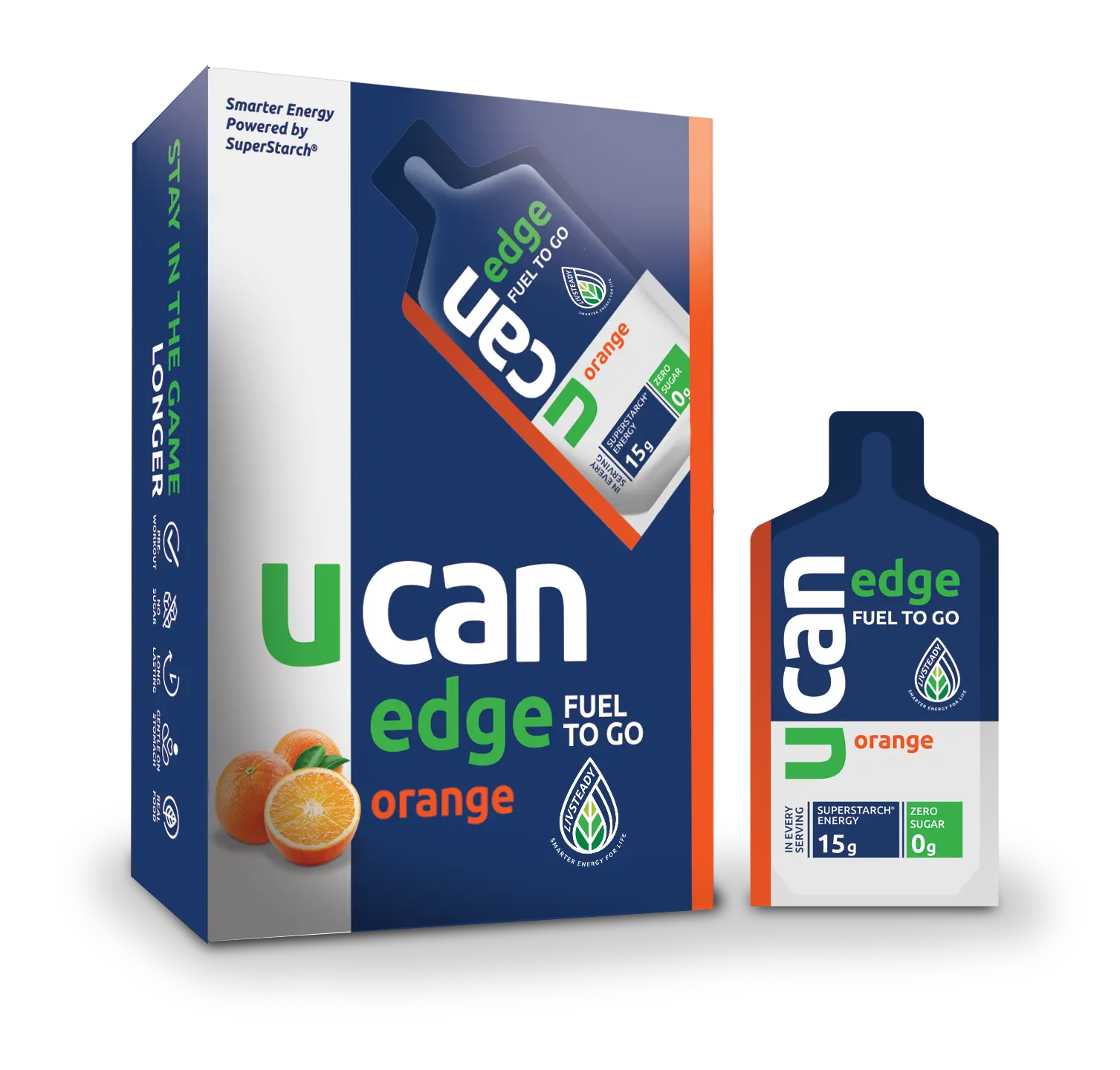


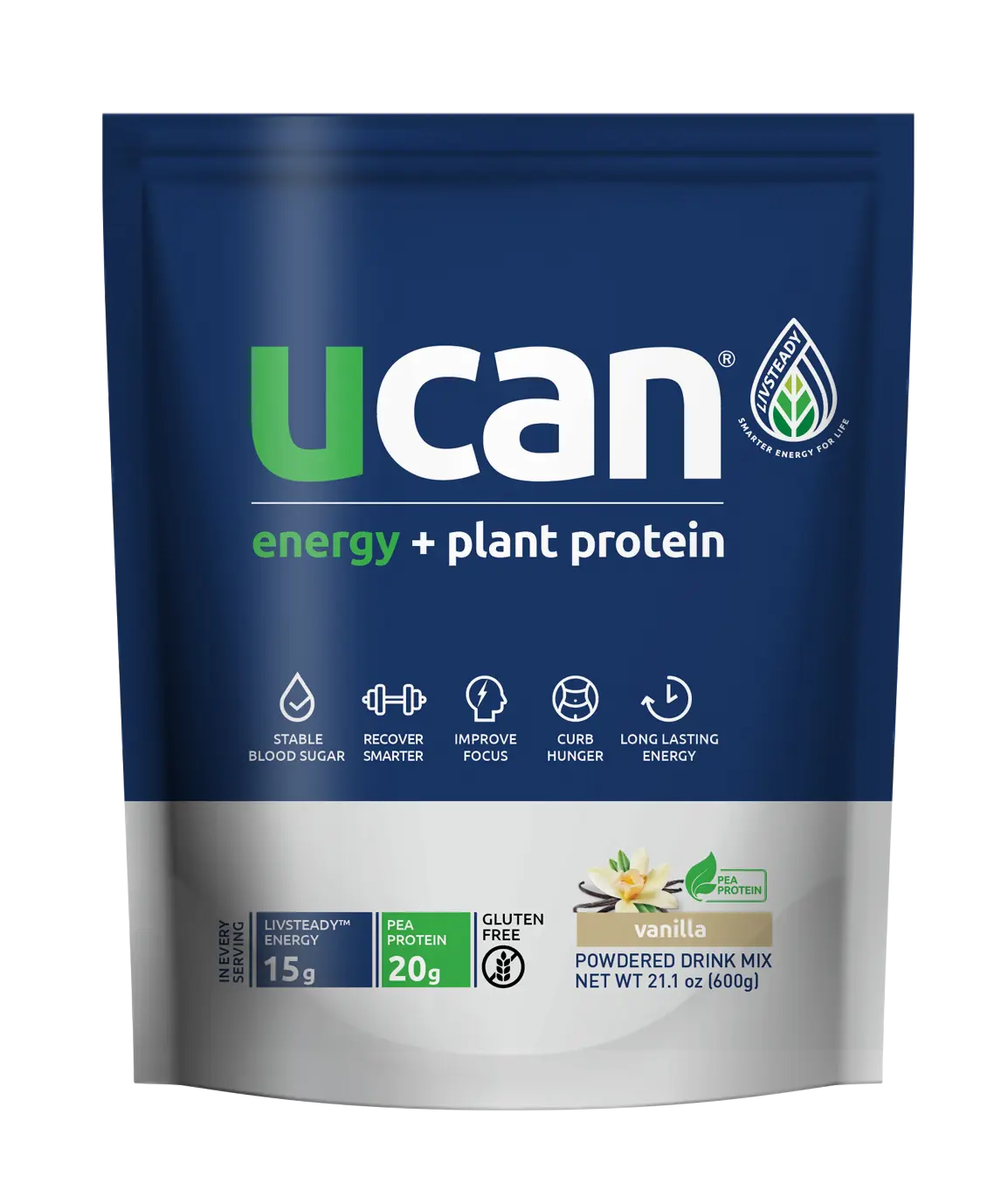

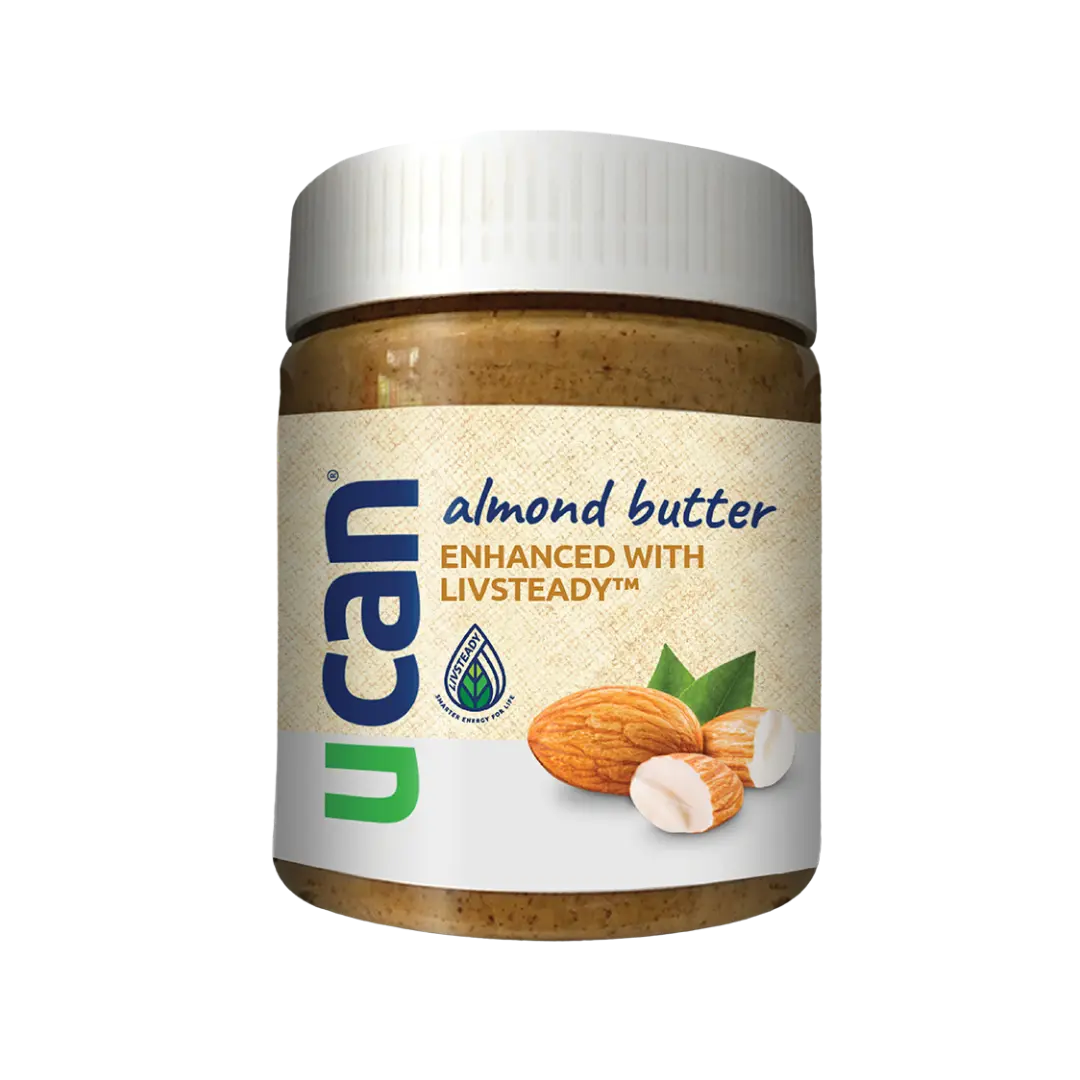
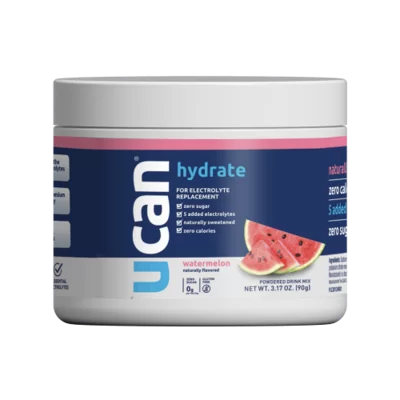
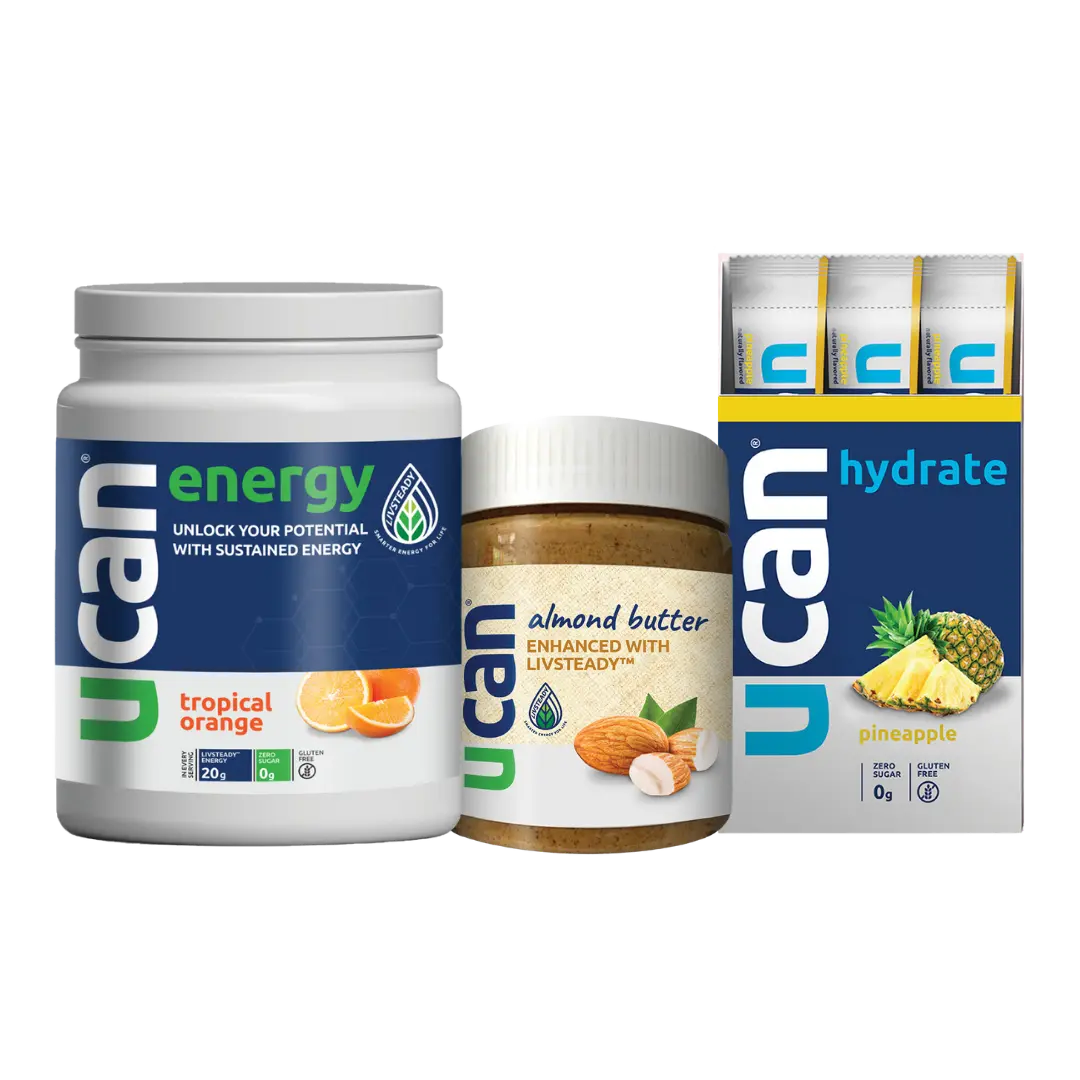

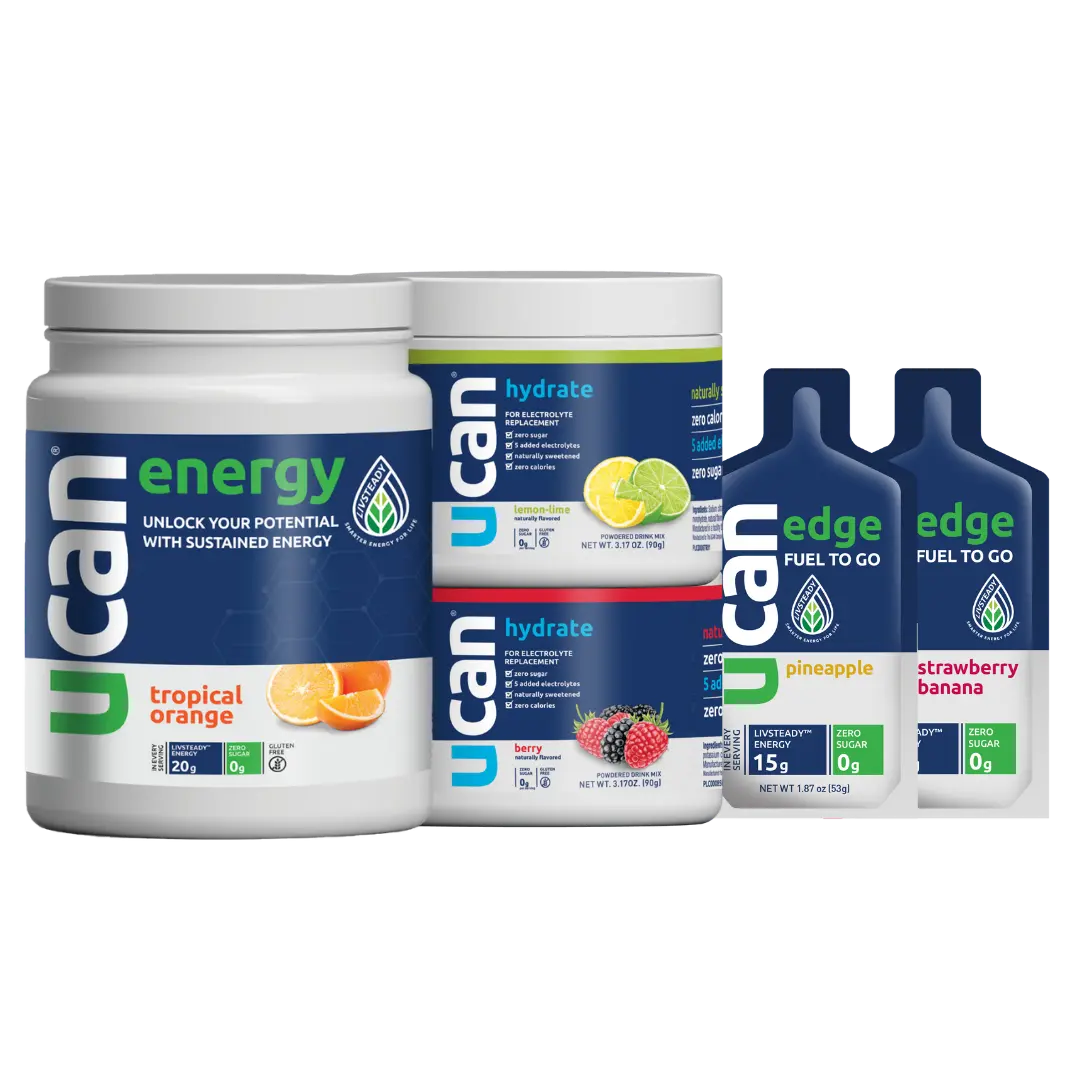

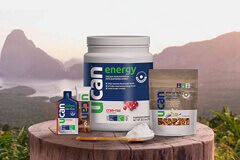




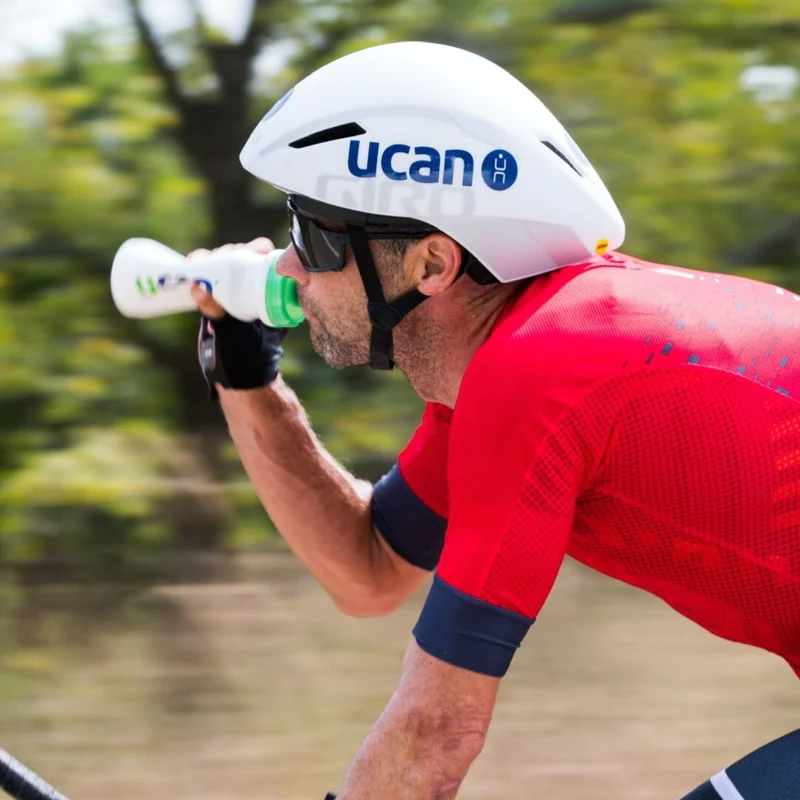


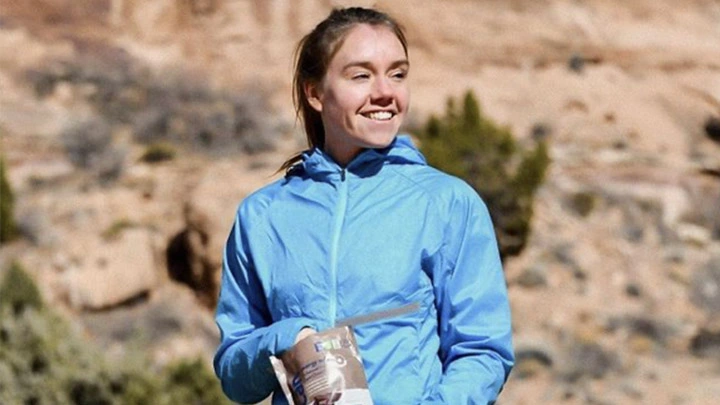



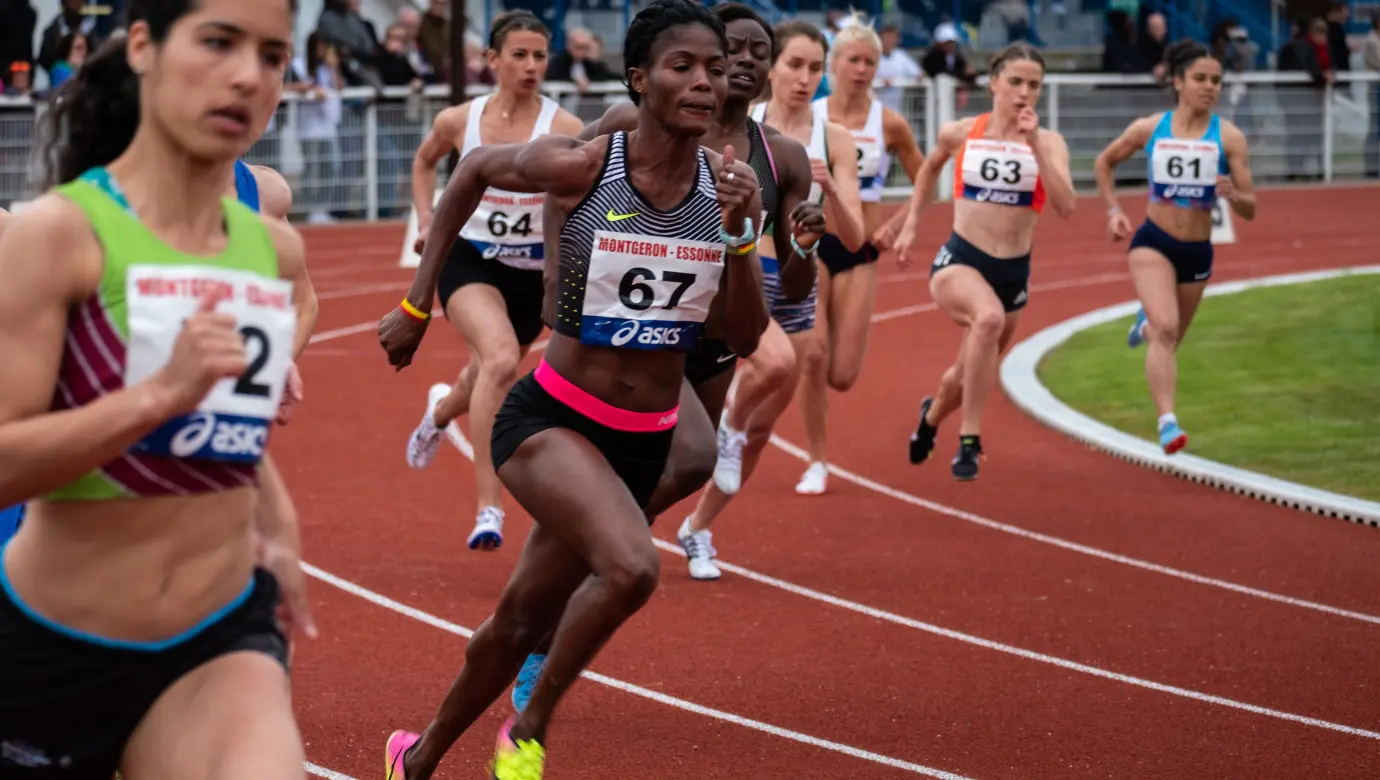



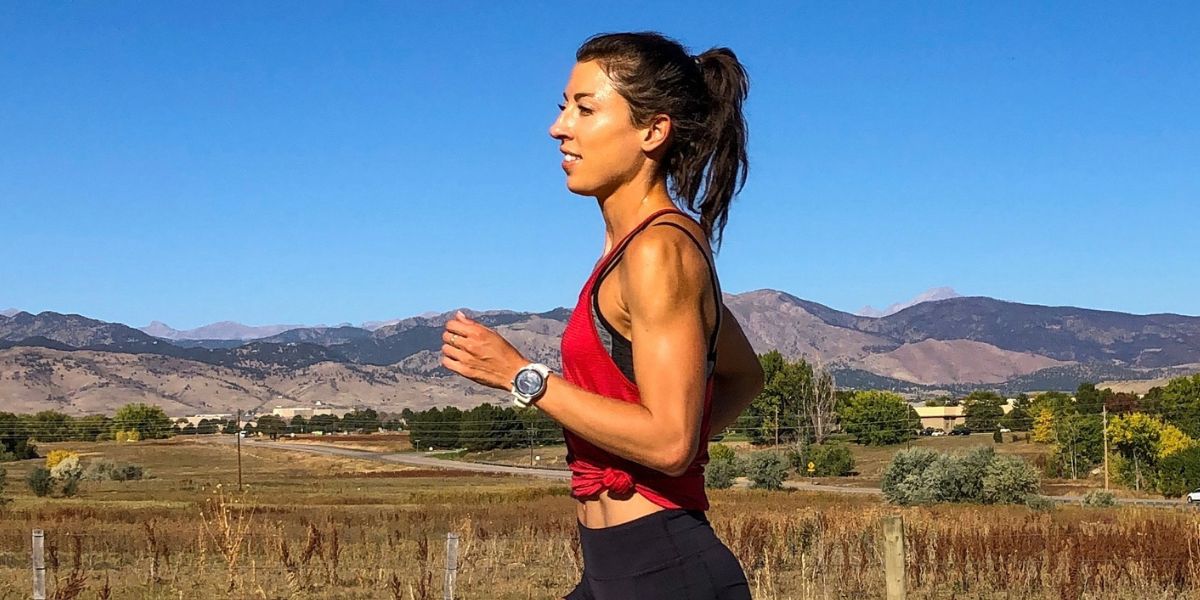







Comments are closed